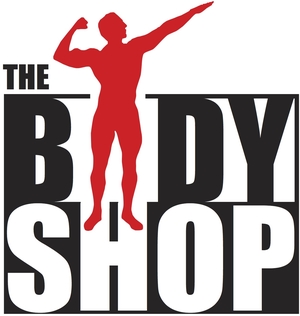What constitutes as proper squat depth is highly debated and most often opinions depend on your lifting background (crossfit, powerlifting, bodybuidling etc.). However, for many of us who are not lifting competitively or keeping score, what matters most should be squatting safely, effectively and getting the most out of the exercise.
The benefits of a squatting to parallel or close to it is that it will help you maximize your strength and aesthetic results by activating more muscles on your backside or posterior chain. Your glutes and hamstrings will perform more work compared to a partial squat, which hammers more of the quads (front of the legs).
The goal should be to get to parallel under two circumstances…without any pain and without compensating your form. Being able to squat correctly to parallel, is a sign of good overall joint and muscle health. It can mean that you move efficiently, have less muscle imbalances and are more flexibility than those who can’t.
Here are 5 exercises/strategies you can apply to improve your squat depth:
1) Take Some Weight off the Bar
The quickest way for your squat depth to diminish is to be squatting too heavy. In every gym around the country right now there is some one on the squat rack sacrificing quality movement pattern to get more weight on the bar. The last thing you want to do is load bad form. When working on your technique, it’s very important to work with sub-max loads. Leave your ego at the door if you have to, strip some weight off the bar and work on retaining quality depth squats.
2) Work On Ankle Mobility
Stiff lower leg muscles and poor ankle mobility will prevent you from being able to full drive through your heels. If you find that your heels pop-up on your squat and your weight shifts forward the deeper you go, your ankles can be to blame. Here are two simple ankle mobility exercises to add to your warm-up. You’d be surprised how much these help with range of motion pre-squat workout.
3) Counterbalance Squat
By pushing a lightweight away from you as you descend into your squat, your body is able to practice proper tracking of the hips, knees, and ankles. It also helps maintain a more upright posture. Quality reps during this exercise will cross over to quality reps on your back squat.
4) Deep Squat Stretch – Video
5) Use a Box/ Box Squat
The benefits of the box squat is that you give yourself an external cue or frame of reference for depth and you most likely will wind up going farther than you would have without the box as an indicator. Under loaded conditions, it can take away stress on the knees and places more stress on the hips, hamstrings and glute muscles. For beginners, the box acts as a safety net and they are more comfortable knowing that if they wind up falling with too much weight in their heels, they wind up on the box and not the floor.
The squat is a mirror into your imbalances/mobility issues. Before trying to have the strongest squat in the gym make sure you are honoring your body by addressing any weak links and by performing the proper warm-ups and “pre-work” before getting on the rack.

